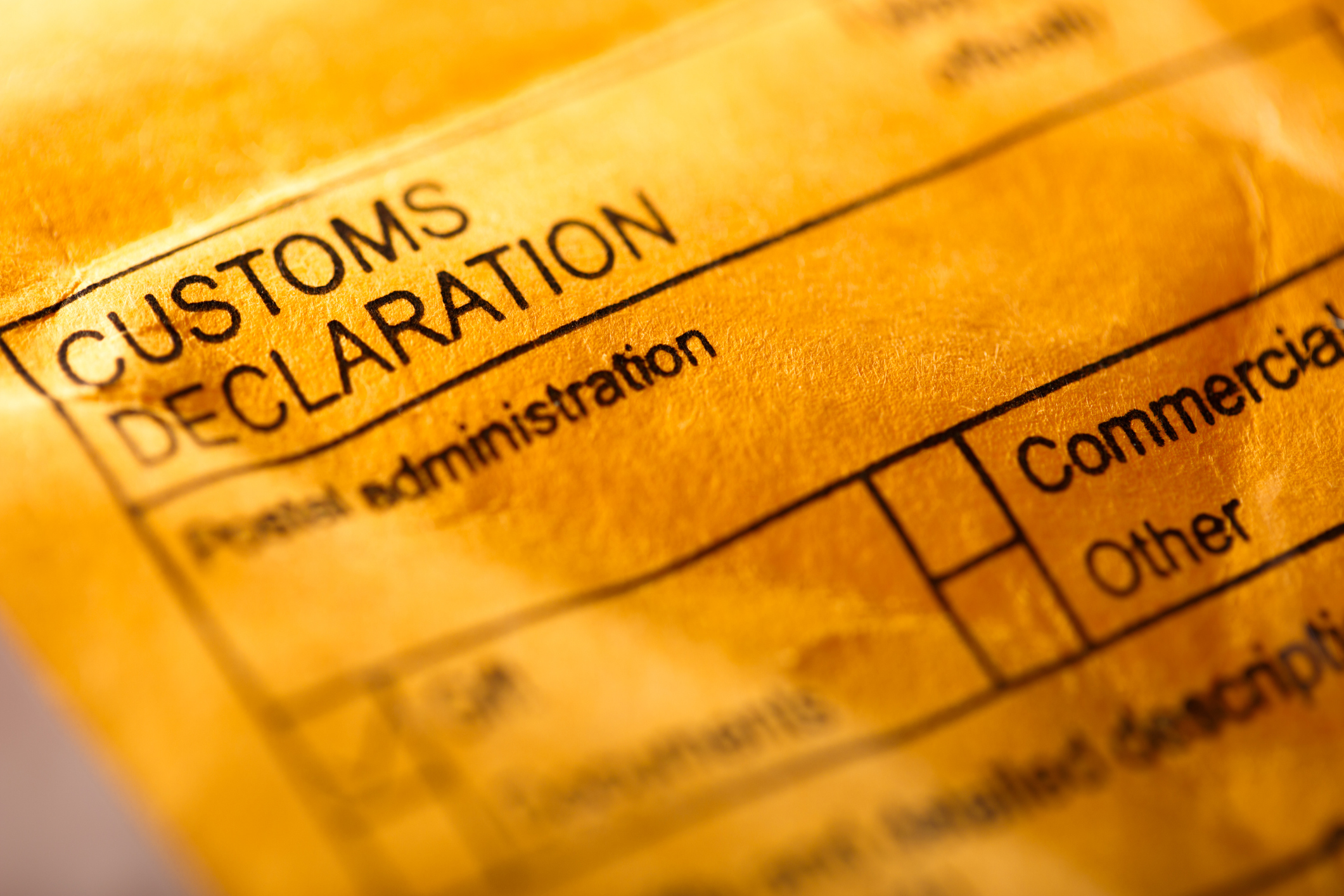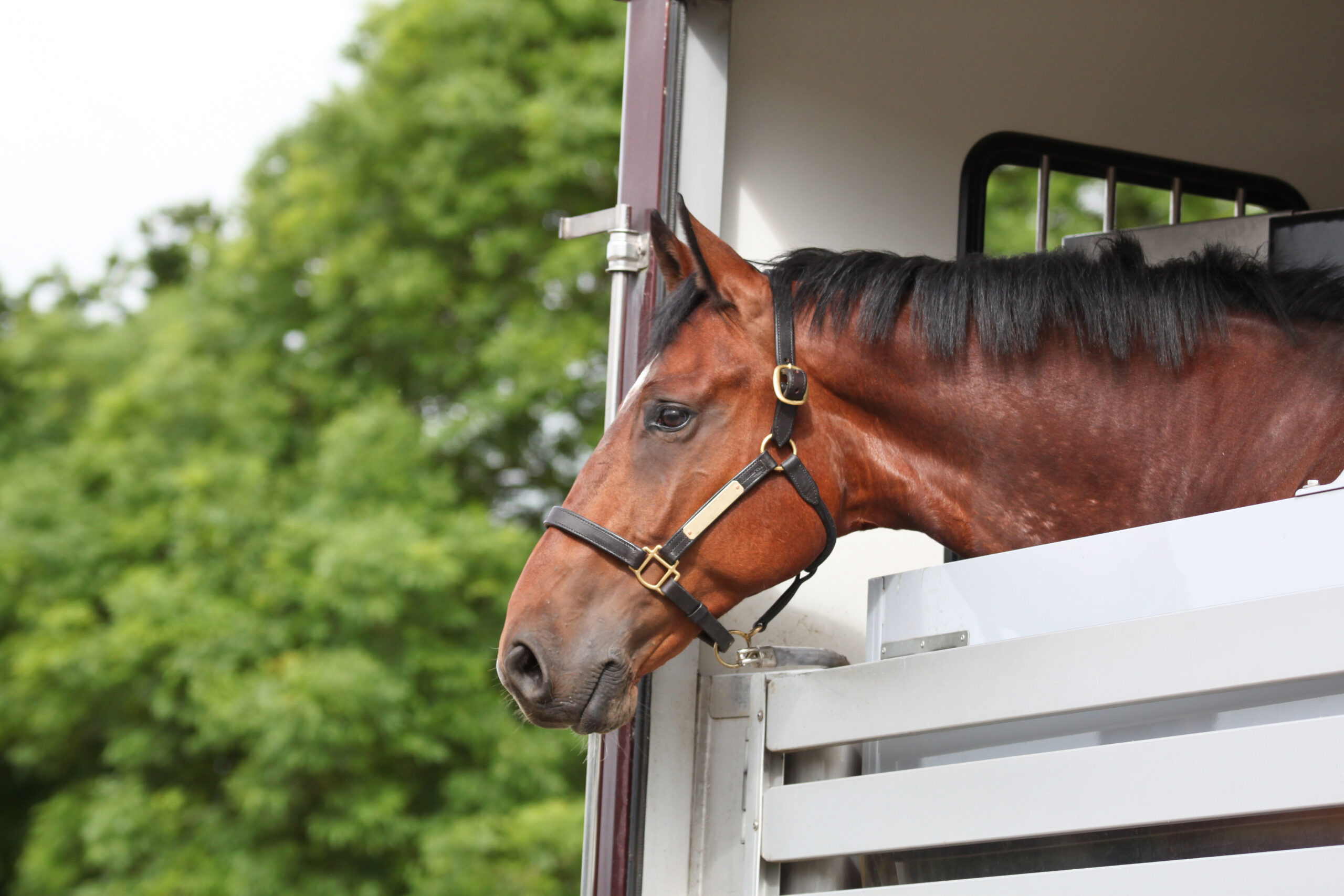The UK has officially left the EU with an agreed trade deal and third-country status, this means rules for importing horses and other equines between Great Britain and the EU have changed.
If you plan to move your horses around the EU, you must be fully aware of all the updated rules and requirements. We have highlighted all you need to know about moving horses from the EU to Great Britain below!
Submit Pre-Import Notification
A pre-import notification will need to be submitted through IPAFFS at least one working day before the arrival of horses in the UK. You will need to submit details about the import date to the UK and which country your hoses came from.
If you’re importing your horses from the EU to Northern Ireland, the Department of Agriculture, Environment and Rural Affairs (DAERA) must be notified.
Further details about how this can be done are provided here.
Health Checks and Tests
Horses travelling from the UK to the EU will require Export Health Certificate (EHC) which needs to be signed off by a vet for each journey to the EU. An Intra-Trade Animal Certificate and DPCOM will no longer be valid. Details on which EHC you will need and how you can apply can be found in GOV. UK page here.
Your horses will also need to be tested for diseases, including equine infectious anaemia and equine viral arteritis. However, if your horses are registered with one of the followings, no test is required:
– An EU-approved studbook
– A National branch of the International body for sporting or competition purpose
Further details about the health checks and tests can be found here.
Meet Isolation and Residency Requirements
Unregistered horses must be kept on hold for at least 40 days before travel and must be kept separated from other horses for at least 30 days to travel. Registered horses do not need to meet the isolation and residency requirements before moving.
Equine Identifications and Official Documents
Horses must also have an equine identification or a horse passport issued by a UK passport issuing organisation, an approved body from an EU Member State and Norway, or an approved body from any other nations.
And if your horses will remail in the UK for more than 90 days, they must be registered with UK PIO within 30 days of importing to the UK.
Know and comply with the UK Border Rules
Between the 1st of January- 30th of June 2021, all the document checks are done remotely, and horses can enter the UK through any points of entry. Additional identity and health check will be done when you reach the UK.
After the 1st of July 2021, all horses from the EU must enter GB through a point of entry that contains a border control post (BCP). Identify checks and health checks are done upon entry. The identify check involves a visual inspection, and the health check involves transportation used to carry horses, condition check, and sampling.
Similarly, horses arriving from the UK to one of the EU countries must be checked at the correct EU BCP. There are over four hundred BCPs in the EU; the full list is available here. Remember, you will need to notify the EU board control in advance, so check how much notice is needed and that your importing agent in the EU has notified BCP on time.

Vehicle and Transporter Authorisation
Whether you are moving horses from the EU to the UK, or from the EU via the UK to another country, you will require the following:
– Transporter authorisation
– Certificate of Competence
– Vehicle approval certificate
UK transporter authorisations, driver and attendant certificates of competence, and vehicle approval certificates issues in the UK are no longer recognised by the EU. Those looking to transport live animals into the EU will need new documentation issued by EY27 member states.
Additionally, if you are transporting an unregistered horse for more than 8 hours, you will need to apply for two journey logs. You will require a log approved by the Animal and Plant Health Agency and another log approved by the EU member state of origin. Horses with FEO recognition cards will not need journey logs.
Custom Declaration
You will need to be aware of the customs value and have a commodity code to make customs declarations. A custom declaration can be made using:
– The Customs Handling of Import and Export Freight (CHIEF) system (a CHIEF badge is required)
– Custom Declaration Service
– Community System Providers (CSP)
– Commercial Software
Our Advice and Useful Links
As Brexit is relatively recent, some of these rules and requirements may change. We suggest avoiding the first few months while the updates and the processes are still new. To make the travel process more manageable, using an approved equine shipper is also recommended for those who regularly move their horses from the UK/EU. Also, make sure to allow plenty of time to get all the right documentation, IDs, and health certifications for smooth transportation.
Further information about moving your horses around Great Britain and the EU can be found on the GOV. UK website. Below we have also provided you with the links to additional guides and rules which you may find helpful:





